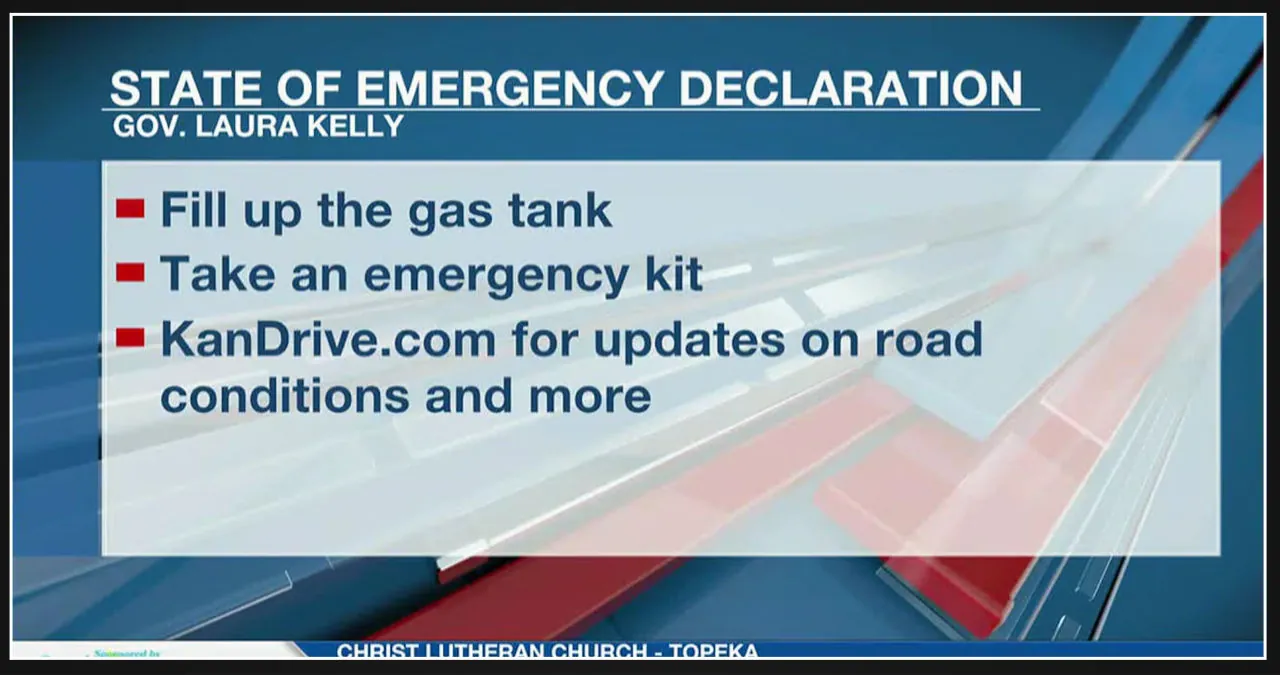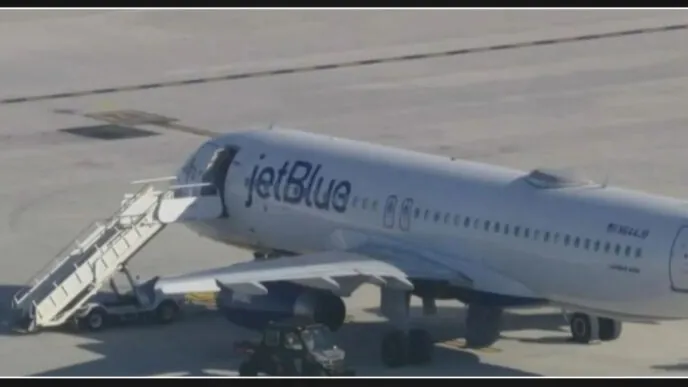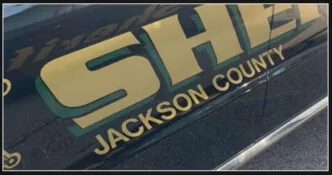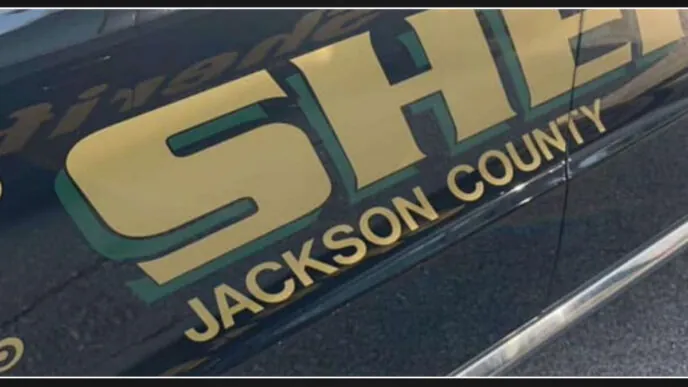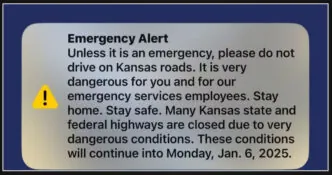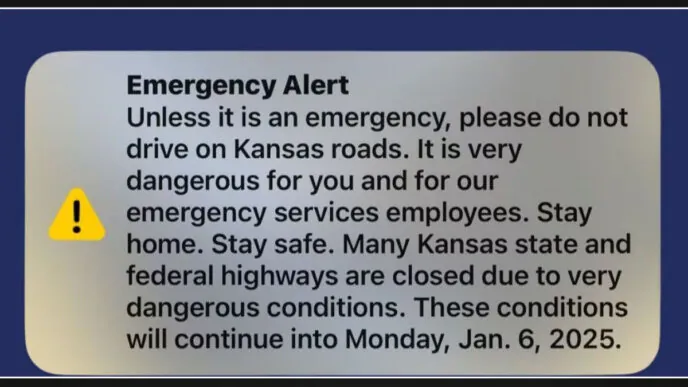Kansas Gov. Laura Kelly has declared a verbal state of disaster emergency proclamation on Saturday afternoon, in response to the winter weather that is sweeping across Kansas. This proclamation enables the utilization of resources to offer state assistance during this time.
The state of Kansas is expected to experience severe winter weather, including ice and snow accumulations and strong winds. This weather is likely to result in numerous road closures, power outages, and the closure of schools, businesses, and government offices. The delivery of essential commodities such as propane, fuel, and power restoration may be affected, as well as life-saving measures.
“I urge all Kansans to exercise caution as the winter storm sweeps across our state,” Governor Kelly advised. “If possible, avoid traveling on the roads and show consideration for the dedicated emergency response teams who are working tirelessly to ensure the safety of our citizens.”
The Kansas Division of Emergency Management, in collaboration with their partners, will be operating the State Emergency Operations Center remotely. They will closely monitor the situation and provide support to counties and local responders upon their request.
If you have to travel, it is best to avoid it if possible. However, if you must travel, make sure to take necessary precautions. Ensure that your car’s gas tank is full and that you have an emergency kit readily available. Your vehicle emergency kit should include essential items such as blankets, flashlights, batteries, a cell phone charger, hand-warmers, high-energy food snacks, bottled water, necessary medications, a snow shovel, flares, and other emergency supplies. Additionally, make sure that your cell phone is fully charged and inform someone about your travel plans, including your expected time of arrival. Whether you are at home or on the road, it is crucial to stay updated on the latest weather information by listening to your local radio and television stations.
For the most up-to-date road information, visit www.KanDrive.org and access the Road Condition map. You can find other construction updates, camera views, weather websites, and travel details on the website as well. Alternatively, you can call 511 – for Kansas road condition information from anywhere in the U.S., dial 1-866-511-KDOT (5368).
The Kansas Division of Emergency Management is urging all Kansans to create a home emergency kit that comprises essential items like food, water, medications, spare clothing, flashlights with batteries, a battery-operated NOAA weather radio, and other necessary supplies. It’s also a good idea to periodically review and update the supplies in your existing kit, discarding any expired food, medicines, batteries, or perishables. Don’t forget to include provisions for your pets as well. For a comprehensive list of items to include in an emergency kit, you can visit www.ready.gov.
When putting together a vehicle emergency kit, it’s important to include a variety of essential items. These should include blankets, flashlights, batteries, a cell phone charger, hand-warmers, high-energy food snacks, bottled water, necessary medications, a snow shovel, flares, and other emergency supplies.
When you’re out on the road, keep these things in mind:
-
- Allow extra time for delays and slower traffic speeds.
- Buckle up and properly secure children in safety seats.
- Increase the distance between your vehicle and the vehicle ahead of you. Ice and snow significantly increase your stopping distance.
- Accelerate and brake gently. A light foot on the gas is less likely to make wheels spin on ice and snow. Braking is best accomplished by pumping the pedal. If your vehicle has an anti-lock braking system, it is very important that you understand how to use it. Read the owner’s manual or check with a dealership for more information, and practice using it correctly.
- Make turns slowly and gradually, especially in heavily traveled areas (e.g. intersections that may be icy from snow that melted and refroze).
- Visibility is very important. You must be able to see out, and other drivers must be able to see your vehicle. Clean frost and snow off all windows, mirrors, and lights. Use headlights as necessary.
- If your car loses traction and begins to slide, steer into the swerve, or in the direction you want to go. Anticipate a second skid in the opposite direction as the car straightens out.
If you find yourself stuck in a winter storm, there’s no need to panic. The key is to stay inside your vehicle and follow these steps: Keep a downwind window slightly open to ensure fresh air circulation, run the engine sparingly, turn on the dome light for visibility, and make sure the tailpipe is free from snow. Additionally, to keep your blood flowing and stay awake, try moving your arms and legs.
